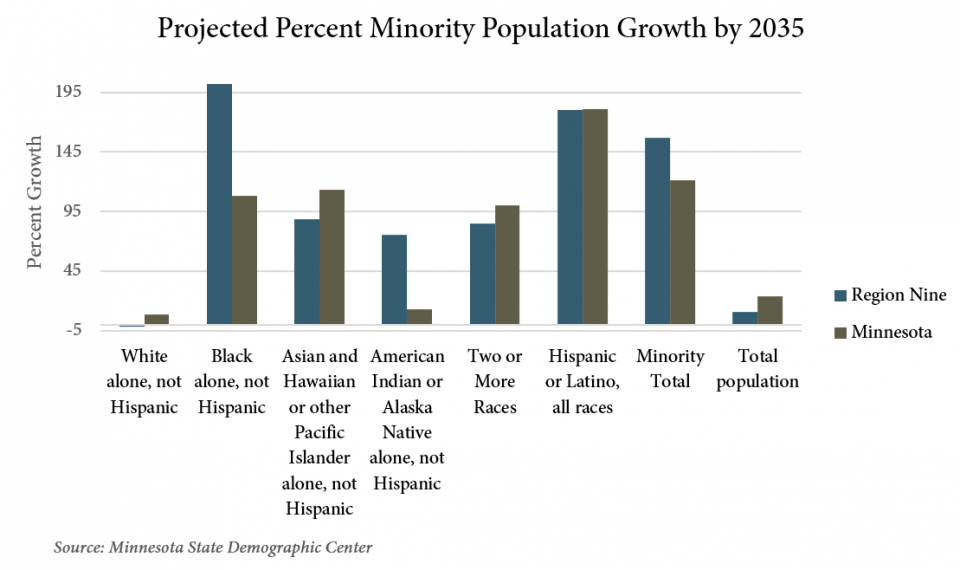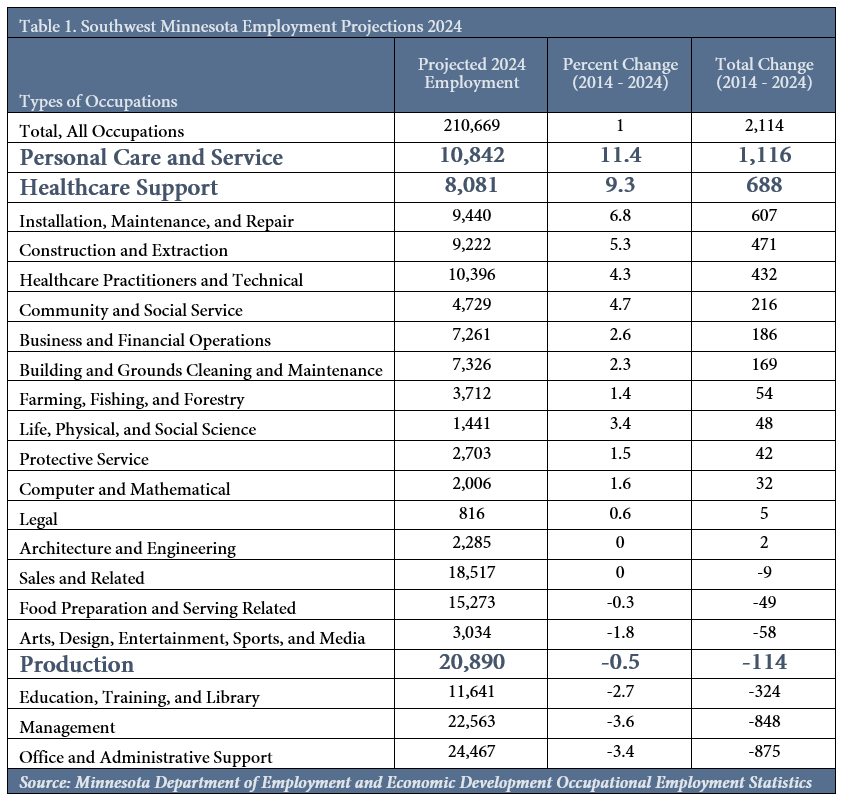South central Minnesota is in the early stages of a workforce shortage. The notion bounced around in workforce planning circles, economic development discussions and human resources departments is that the solution to this shortage is to lean on a growing minority population. Minnesota’s foreign-born population is increasing faster than the national average and has tripled since 1990. The Minnesota State Demographic Center sees this trend continuing for Region Nine (see chart below). Their projections show minority populations growing by 156.5 percent over the next 18 years (14 times the rate of the rest of the population). Perhaps equally as eye opening is the fact that the white-alone population is projected to lose 0.1 percent of its population by 2035. While Region Nine’s population will still be predominantly white (83.5 percent), it will be less white than it is now (94.6 percent).
With minority populations on the rise, and immigration increasing, it seems logical to turn to that growing segment of the population as an easy fix. But workforce shortages do not have an easy fix. There are skills, certifications, wages, and housing to consider as well as other elements that make attracting workers of any ethnicity a challenge. Also, a key voice is often missing from these conversations. Who is asking minorities if they see themselves as the solution? Perhaps a growing minority workforce isn’t interested in filling the jobs that will be available. Barriers exist to many job seekers, not just new Americans, but for many immigrant and refugee populations, those barriers are more abundant and harder to hurdle. Another important question is, what types of jobs are going to be available that need filling? Employment projections created by the Minnesota Department of Employment and Economic Development offers a glimpse into the jobs that will grow between now and 2024 (See Table 1).
There are projected to be 2,114 more jobs in 2024 than there were in 2014. Of those, 85 percent are projected to be personal care and service and healthcare support occupations. Add in 432 healthcare practitioners and technical occupations and much of the growth will be in health care and personal care professions. The skills for those positions are often highly specialized and include various layers of certifications, advanced degrees, and licenses – which take time to complete. For example, 972 of those projected 2,114 new jobs will be personal care aides. Minnesota statute requires that many personal care assistants pass a certification test in the State of Minnesota. These tests are offered in multiple languages but can take time to prepare for and pass.
As noted in an article in MN Valley Business last March, creating a diverse workplace is essential for many businesses in southern Minnesota. One excellent resource is an untapped pool of refugee workers from Somalia. Mohamed Abdulkadir is a Refugee Training Consultant with MRCI WorkSource in Mankato. His role is to connect businesses to Somali refugees seeking jobs. He provides language and cultural support to job-seekers, employees and businesses and works to directly place a growing Somali population into jobs. When considering an impending workforce shortage, Abdulkadir notes, “If I look at my community, I wonder how [that] can happen. Fifty-five percent of us are not working and people are driving from far away to get a job.”
In Abdulkadir’s role, he works primarily with Blue Earth County, but when there is demand for workers, he places refugees in jobs across the region. Both the clients he serves and the employers he works with see value in Abdulkadir’s ability to knock down barriers. Barriers range from transportation, access to quality daycare, employment applications and interview processes that do not translate well with Somali refugees and other new Americans, and language and communication gaps. These barriers pose challenges when trying to gain full-time and non-seasonal work.
Most of Abdulkadir’s clients are primarily interested in manufacturing production work. By 2024, DEED estimates that there will be 114 fewer production occupations than there were in 2014. However, he does not worry about that number, he sees potential for immigrants to highlight their current skills to transition into other opportunities. For example, personal care assistants can obtain additional certifications and move into nursing programs and other healthcare support occupations. The key is getting the second generation of Somali workers (children of current refugees) onto the right career pathway.
“Many [Somali refugees] don’t even know what many of the projected jobs are (in Table 1).” Educating these parents on the value of these jobs so they can communicate that to their children is important to filling the need. In addition to that, finding an efficient way to transfer high-school credentials from other countries to the United States would help.
While engaging refugee populations to fill an impending workforce shortage seems like a nice fit, critical work by people on the frontlines, like Abdulkadir, are essential to make that fit. While employers are receptive, it will take time. “Change happens over time, because some of the newcomers are working through various layers of cultural adjustment,” says Jessica O’Brien, Community Engagement Manager with Region Nine Development Commission.
There is not a simple solution to workforce shortage; however, there are some solutions and collaboration is key. According to O’Brien, “It is a team effort which makes it important to have a cultural broker and someone connected to Adult Basic Education to help get workers credentialed and build skills.” The work of Abdulkadir is one piece of the equation. Another piece is getting the right people to the table to talk about their differences. Region Nine Development Commission, in partnership with the YWCA Mankato, Greater Mankato Diversity Council, Blandin Foundation, and Blue Cross and Blue Shield of Minnesota Foundation are holding these kinds of conversations. It’s Time to Talk: Forums on Race are being scheduled across the region. They provide a great opportunity for people to build awareness and have meaningful dialogues about race. Barriers are much easier to knock down if people work together and understand each other.
This is the first article in a series that will explore the intricacies of the workforce shortage in Region Nine.
If you would like a more detailed breakdown of these numbers, or alternative measures and other economic data, please contact Region Nine Development Commission’s Project Manager, Brent Pearson at brent@rndc.org or call 507-389-8867.



